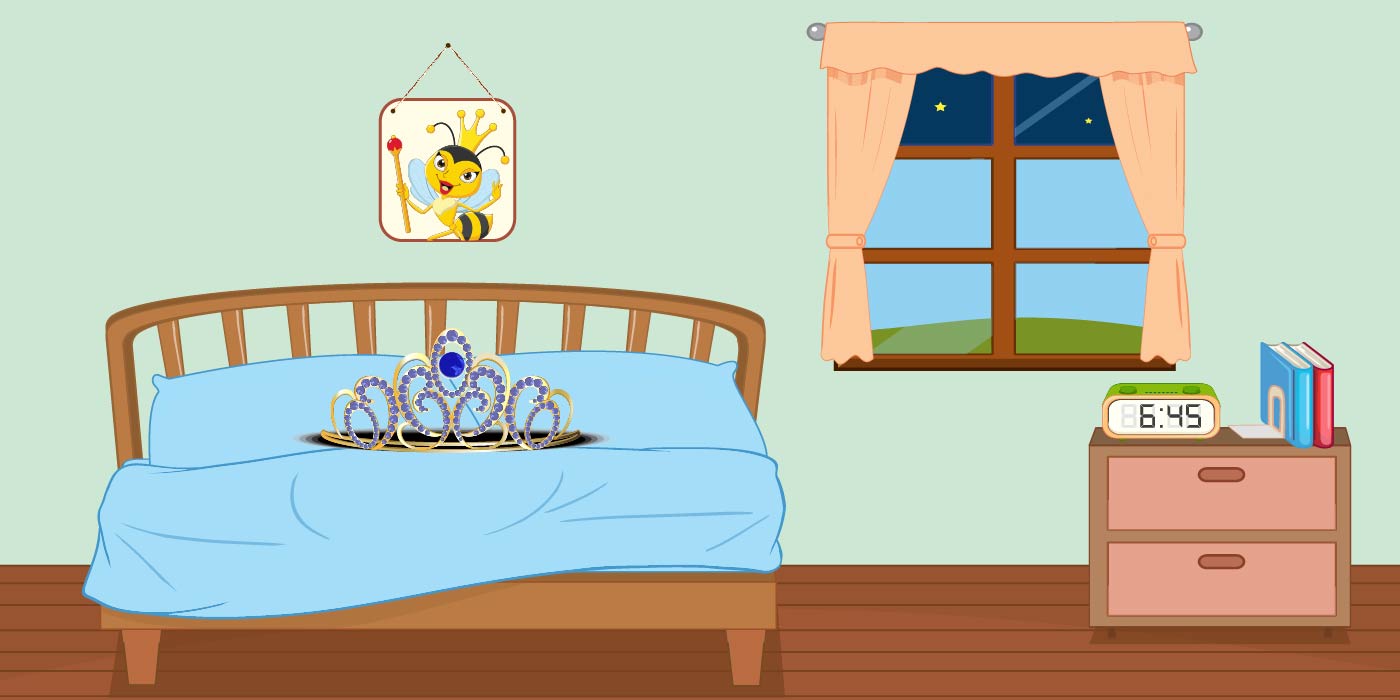
Understanding Supersedure Cells
The intricate world of beekeeping is filled with marvels that captivate the curious minds of enthusiasts and professionals alike. One of the most intriguing aspects of bee behavior is the phenomenon of supersedure cells. In this blog, we'll delve into the fascinating realm of supersedure cells, uncovering their purpose, the signals they convey, and the insights they offer into the complex lives of honey bees.
What are Supersedure Cells?
Supersedure cells, often referred to as emergency queen cells, are a natural response of honey bee colonies to changes within their environment. Unlike swarm cells that are produced when a colony prepares to split, supersedure cells emerge when a hive senses the need to replace an existing queen for reasons other than swarming.
- The Purpose of Supersedure Cells
Supersedure cells are the colony's insurance policy against the potential loss of a queen due to factors such as declining health, age, or decreased egg-laying capacity. The colony initiates the creation of supersedure cells to ensure the continuity of the hive's productivity and survival.
- Signals Triggering Supersedure Cells
Honey bee colonies are remarkably attuned to the condition of their queens. When the bees detect a queen's decline in egg-laying rate or notice signs of her weakening health, they take action by creating supersedure cells. This process is a testament to the collective intelligence and coordination within the hive.
- The Supersedure Process
The supersedure process typically begins with worker bees feeding royal jelly to selected larvae. This diet prompts the larvae to develop into potential queen bees. As these larvae mature, they are placed within supersedure cells, specially designed vertical cells that stand out from the regular comb.
- Swarm Cells vs. Supersedure Cells
It's crucial to differentiate between swarm cells and supersedure cells. Swarm cells are produced when a hive is preparing to divide, with one group of bees leaving with the old queen and another staying with the new queen. Supersedure cells, on the other hand, are a colony's mechanism for replacing a failing queen while maintaining hive continuity.
- Beekeeper's Role in Managing Supersedure Cells
Beekeepers play an important role in managing supersedure cells, particularly when their objective is to maintain a productive and healthy hive. Monitoring for signs of a deteriorating queen and recognizing the emergence of supersedure cells allow beekeepers to take appropriate action.
- Strategies for Supersedure Cell Management
Assess the Queen's Health: Regular inspections enable you to monitor the queen's health and egg-laying rate, helping you identify potential issues early.
Providing a Young Queen: Introducing a young and vigorous queen can prevent the colony from initiating supersedure cells. This strategy ensures a seamless transition and maintains hive productivity.
Splitting the Hive: In some cases, creating a nucleus colony by splitting the hive can address the supersedure process. This action provides the old queen with a new home while allowing the parent colony to raise a new queen.
Insights into Bee Behavior
Supersedure cells offer a glimpse into the complex social dynamics of honey bee colonies. They underscore the bees' remarkable ability to assess their environment, make informed decisions, and adapt to changes for the collective benefit of the hive.
The world of honey bees continues to amaze us with its intricacies and nuances. Supersedure cells are a testament to the hive's resilience and its commitment to maintaining productivity and survival. By understanding the purpose behind these unique cells and the signals they convey, beekeepers can better manage their hives and ensure the well-being of their colonies. As we delve deeper into the behavior of these remarkable creatures, we gain not only practical knowledge but a profound appreciation for the complexity of life within the hive.
General Questions About Supersedure Cells
1. What are supersedure cells and why do honey bee colonies produce them?
Supersedure cells are specially designed vertical cells within a hive, created by worker bees to raise new queens. Unlike swarm cells, which are produced when a colony is preparing to split, supersedure cells emerge when the hive needs to replace an existing queen due to declining health, age, or decreased egg-laying capacity. These cells ensure the colony's continuity, productivity, and survival by providing a new, healthy queen.
2. How can beekeepers differentiate between swarm cells and supersedure cells?
Swarm cells and supersedure cells serve different purposes and are triggered by different colony needs. Swarm cells are produced when a hive is preparing to divide, with one group of bees leaving with the old queen and another staying with the new queen. These cells are usually located at the edges or bottom of the frames.
3. What steps can beekeepers take to manage supersedure cells and ensure hive health?
Beekeepers can take several steps to manage supersedure cells and maintain hive health:
- Assess the Queen's Health: Regularly inspect the queen's health and egg-laying rate to identify potential issues early.
- Provide a Young Queen: Introducing a young and vigorous queen can prevent the colony from initiating supersedure cells, ensuring a smooth transition and maintaining hive productivity.
- Splitting the Hive: Creating a nucleus colony by splitting the hive can address the supersedure process. This action provides the old queen with a new home while allowing the parent colony to raise a new queen.



Leave a comment